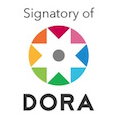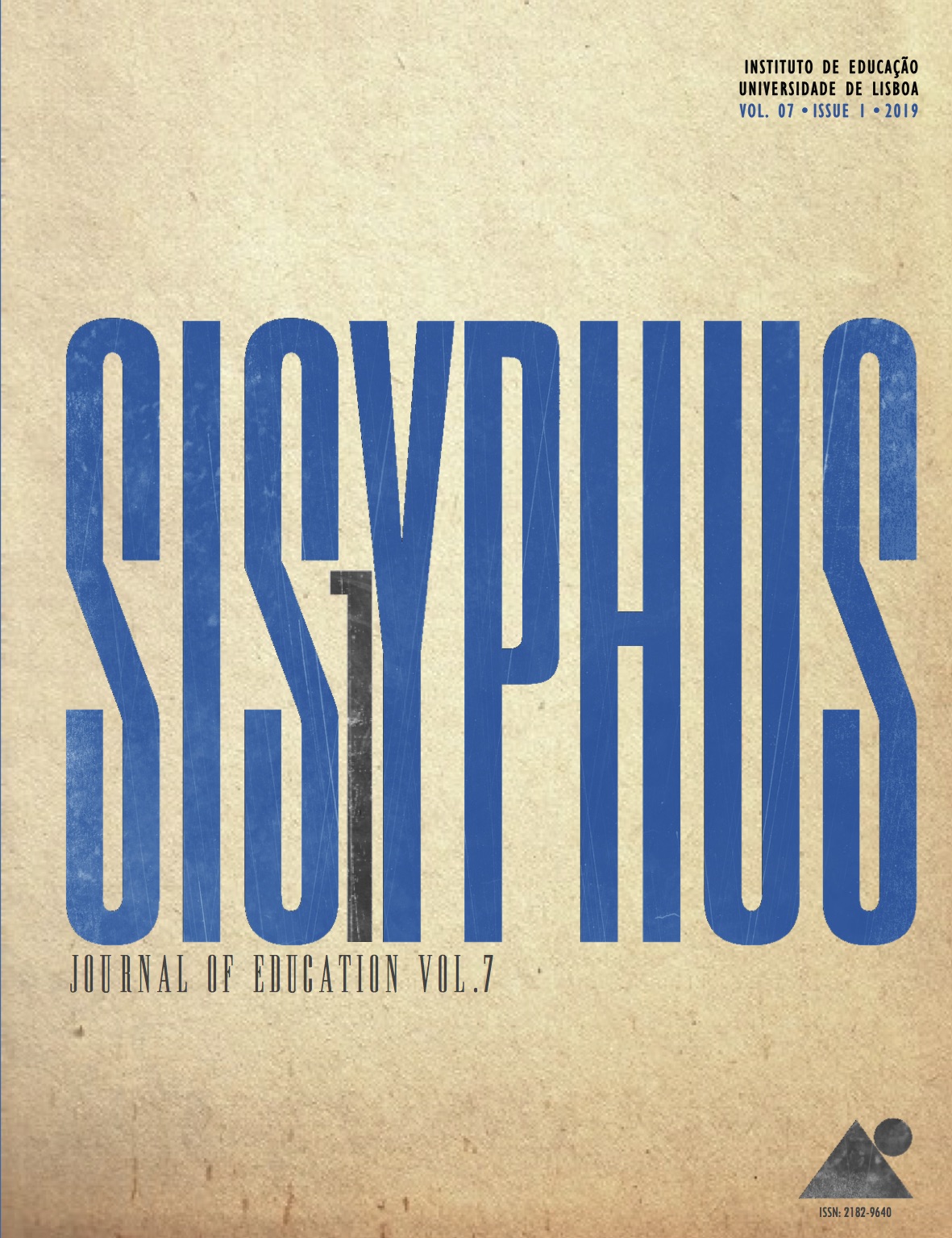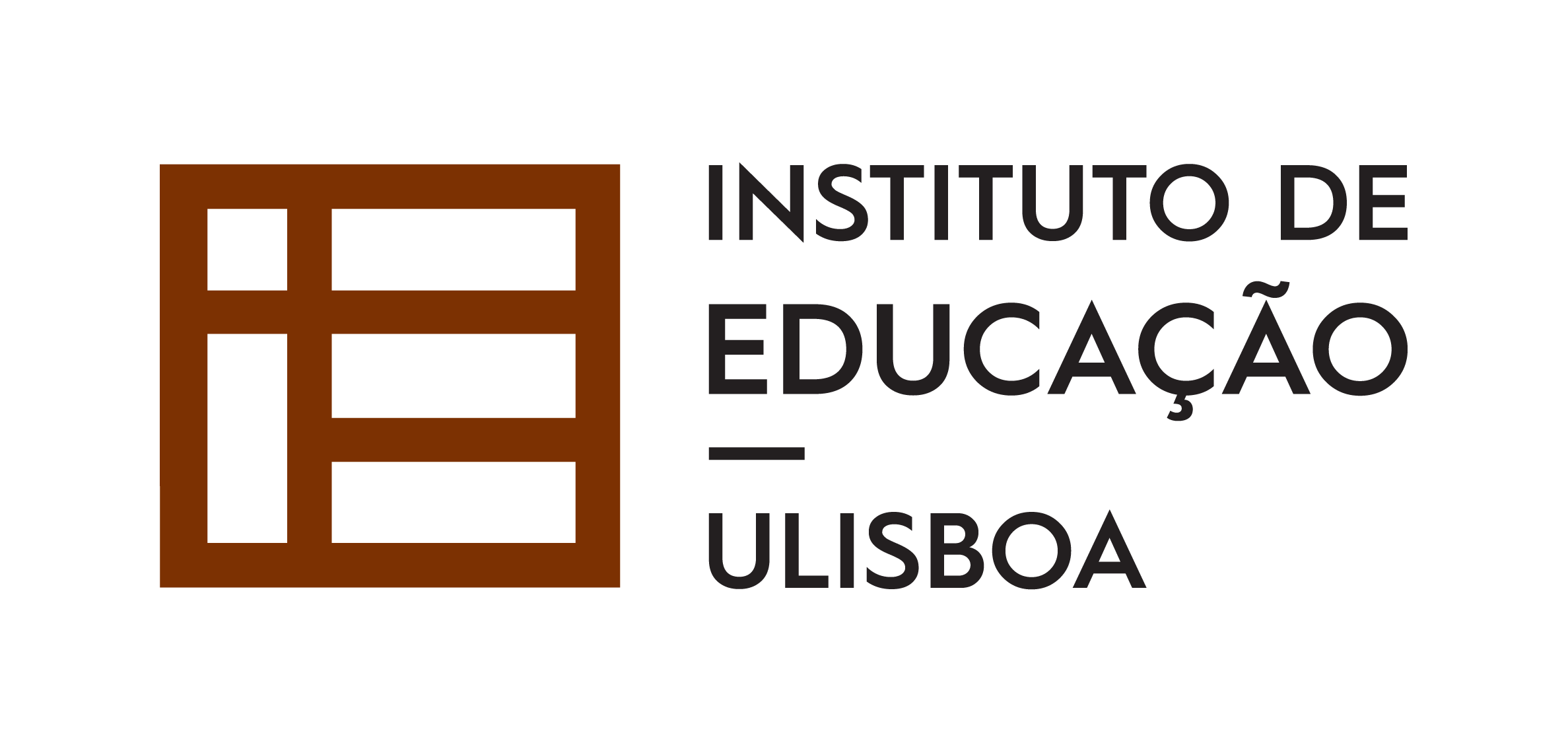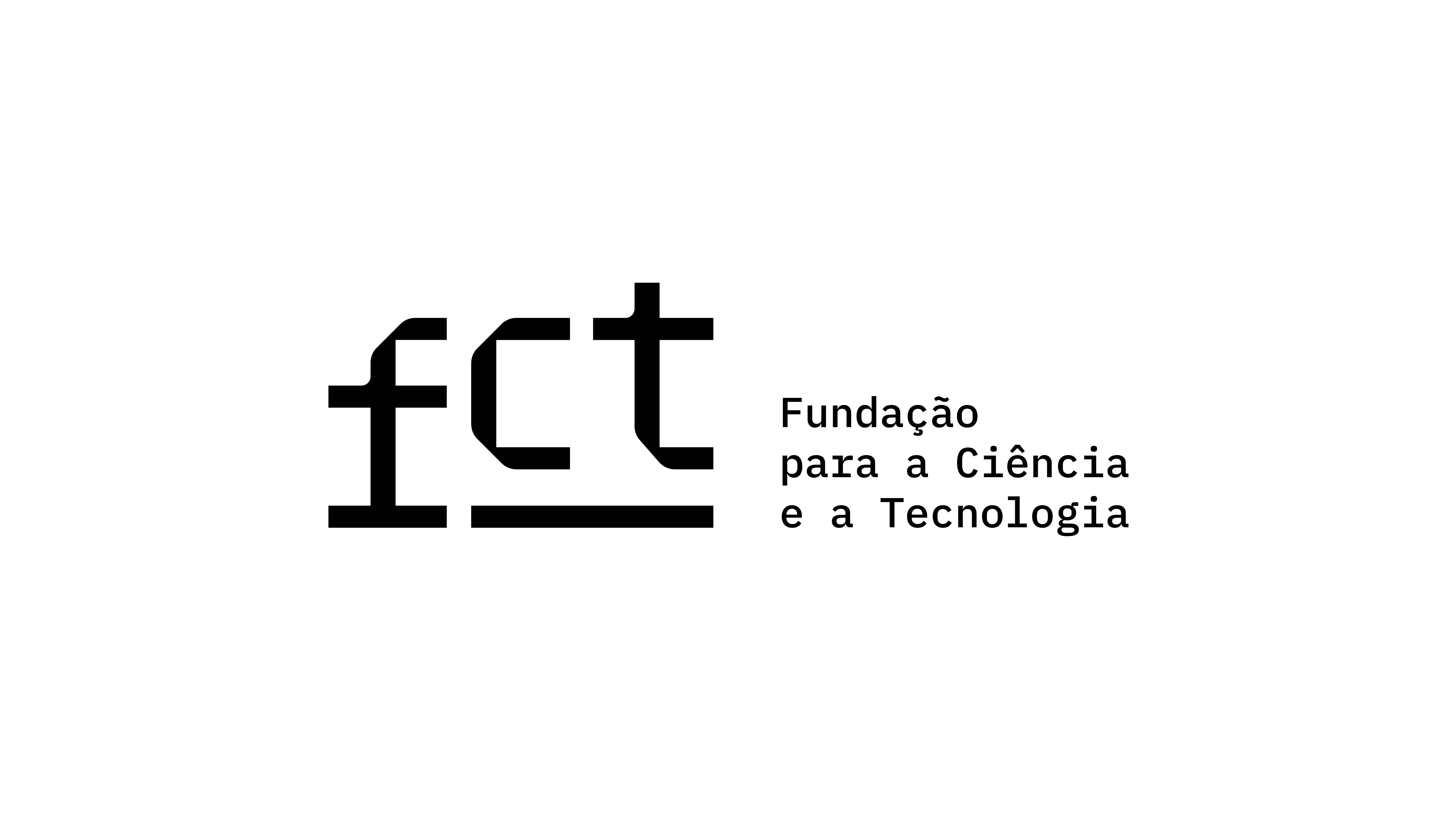Techonology in a Learning Scenario on Physics and Mathematics Integration
A Study in Pre-Service Teacher Education
DOI:
https://doi.org/10.25749/sis.15805Keywords:
technology, STEM, Pedagogical Content Knowledge, learning scenario, pre-service teacher educationAbstract
This study comes from a teacher education experiment with prospective teachers (PTs) of physics and of mathematics, assuming a STEM perspective, in a learning scenario with technology. It focuses PTs’ Pedagogical Content Knowledge (PCK) to promote the articulation of the two areas, trying to understand how they integrate technology in their lesson plans for one 8th grade class and what challenges and difficulties emerge in that context. The analysis of the data, collected through the PTs’ lesson plans and written reflections, focused on how they perceive and reflect on the technology use in the three dimensions of the adopted integration model. PTs are able to integrate the technology to support inquiry and argumentation processes when two disciplinary areas are present. However, technology’s use to promote the synthesis of knowledge emerges as a critical point, and thus it is one aspect of the PCK that demands more attention from teacher education.
Downloads
References
An, S. A. (2017). Preservice teachers’ knowledge of interdisciplinary pedagogy: the case of elementary mathematics–science integrated lessons. ZDM: The International Journal on Mathematics Education, 49(2), 237-248.
Ball, D., Thames, M., & Phelps, G. (2008). Content knowledge for teaching. What makes it special? Journal of Teacher Education, 59(5), 389-407.
Brown, R. E., & Bogiages, C. A. (2017). Professional development through STEM integration: how early career math and science teachers respond to experiencing integrated STEM tasks. International Journal of Science and Mathematics Education, 1-18. doi: 10.1007/s10763-017-9863-x
Carlson, l., Humphrey, G., & Reinhardt, K. (2003). Weaving science inquiry and continuous assessment. Thousand Oaks, CA: Corwin Press.
Clark, R. (2009). Accelerating expertise with scenario based learning. Training+Development, January, 84-85.
Crippen, K. J., & Antonenko, P. D. (2018). Designing for collaborative problem solving in STEM cyberlearning. In J. D. Yehudit, Z. R. Mevarech & D. R. Baker (Eds.), Cognition, metacognition, and culture in STEM education, innovation in science education and technology (pp. 89-116). Weston, MA: Springer.
DeCoito, I., & Richardson, T. (2018). Teachers and technology: Present practice and future directions. Contemporary Issues in Technology and Teacher Education, 18(2), 362-378.
English, L. D. (2016). STEM education K-12: perspectives on integration. International Journal of STEM Education, 3(3). doi: 10.1186/s40594-016-0036-1
Erickson, F. (1986). Qualitative methods in research on teaching. In M. C. Wittrock (Ed.), Handbook of research on teaching (pp. 119-161). New York, NY: Macmillan.
Grossman, P. (1995). The making of a teacher: Teacher knowledge and teacher education. New York, NY: Teachers College Press.
Gutherie, J. T., Wigfield, A., & VonSecker, C. (2000). Effects of integrated instruction on motivation and strategy use in reading. Journal of Educational Psychology, 92, 331-341. doi: 10.1037/0022-0663.92.2.331
Hallman-Thrasher, A., Connor, J., & Sturgill, D. (2017). Strong discipline knowledge cuts both ways for novice mathematics and science teachers. International Journal of Science and Mathematics Education. doi: 10.1007/s10763-017-9871-x
Hurley, M. (2001). Reviewing integrated science and mathematics: The search for evidence and definitions from new perspectives. Science and Mathematics, 101, 259-268. doi: 10.1111/j.1949-8594.2001.tb18028.x
Kim, D., & Bolger, M. (2017). Analysis of Korean elementary pre-service teachers’ changing attitudes about integrated STEAM pedagogy through developing lesson plans. International Journal of Science and Mathematics Education, 15(4), 587-605.
Knezek, G., Christensen, R., Tyler-Wood, T., & Periathiruvadi, S. (2013). Impact of environmental power monitoring activities on middle school student perceptions of STEM. Science Education International, 24(1), 98-123.
Koirala, H. P., & Bowman, J. K. (2003). Preparing middle level preservice teachers to integrate mathematics and science: problems and possibilities. School Science and Mathematics, 103(3), 145-154.
Konold, C., & Miller, C. D. (2005). TinkerPlots: Dynamic Data Exploration. Emeryville, CA: Key Curriculum Press.
Kuo-Hung, T., Chi-Cheng, C., Shi-Jer, L., & Wen-Ping, C. (2011). Attitudes towards science, technology, engineering and mathematics (STEM) in a project-based learning (PjBL) environment. International Journal of Technology and Design Education, 23, 87-102. doi: 10.1007/s10798-011-9160-x
Lederman, N. G. (2006). Syntax of nature of science within inquiry and science instruction. In L. B. Flick & N. G. Lederman (Eds.), Scientific inquiry and nature of science (pp. 301-317). Dordrecht: Springer.
Leung, A. (2017). Exploring techno-pedagogic task design in the mathematics classroom. In A. Leung & A. Baccaglini-Frank (Eds.), Digital technologies in designing mathematics education tasks: potential and pitfalls (pp. 3-16). Cham: Springer.
Mishra, P., & Koehler, M. J. (2006). Technological pedagogical content knowledge: A framework for integrating technology in teachers’ knowledge. Teachers College Record, 108(6), 1017-1054.
Moore, T. J., Tank, C. M., Glancy, A. W., & Kersten, J. A. (2015). NGSS and the landscape of engineering in K-12 state science standards. Journal of Research in Science Teaching, 52(3), 296-318. doi: 10.1002/tea.21199
Ní Ríordáin, M., Johnston, J., & Walshe, G. (2016). Making mathematics and science integration happen: key aspects of practice. International Journal of Mathematical Education in Science and Technology, 47(2), 233-255.
Nilsson, P., & Loughran, J. (2012). Exploring the development of pre-service science elementary teachers’ pedagogical content knowledge. Journal of Science Teacher Education, 23(7), 699-721.
NRC (2000). Inquiry and the national science education standards. Washington, DC: National Academy.
Ponte, J. P., & Oliveira, H. (2002). Remar contra a maré: A construção do conhecimento e da identidade profissional na formação inicial. Revista de Educação, 11(2), 145-163.
Prescott, A., Bausch, I., & Bruder, R. (2013). A method for analysing pre-service teachers’ pedagogical content knowledge. Teaching and Teacher Education, 35, 43-50.
Rahm, J., & Moore, J. (2015). A case study of long-term engagement and identity-in-practice: Insights into the STEM pathways of four under represented youths. Journal of Research in Science Teaching, 53(5), 768-801.
Shulman, L. S. (1987). Knowledge and teaching: Foundations of the new reform. Harvard Educational Review, 57(1), 1-22.
Treacy, P., & O’Donoghue, J. (2014). Authentic Integration: a model for integrating mathematics and science in the classroom. International Journal of Mathematical Education in Science and Technology, 45(5), 703-718.
Wang, H., Moore, T. J., Roehrig, G. H., & Park, M. S. (2011). STEM integration: Teacher perceptions and practice. Journal of Pre-College Engineering Education Research, 1(2), 1-13.
Zemelman, S., Daniels, H., & Hyde, A. A. (2005). Best practice: today’s standards for teaching and learning in America’s schools (3rd ed.). Portsmouth, N.H.: Heinemann. C-CED/0588/2014).
Downloads
Published
Issue
Section
License
Copyright (c) belongs to Sisyphus - Journal of Education. However, we encourage issued articles to be published elsewhere, provided that Sisyphus authorization is asked for and that authors integrate our original source citation and a link to our website.
Author Self-Archiving Policy
Author(s) are permitted to self-archive the final published version in institutional or thematic repositories, and in their personal or institutional websites.
DORA Signer
The Instituto de Educação da Universidade de Lisboa, Sisyphus' Publisher, is a San Francisco Declaration on Research Assessment signer.






